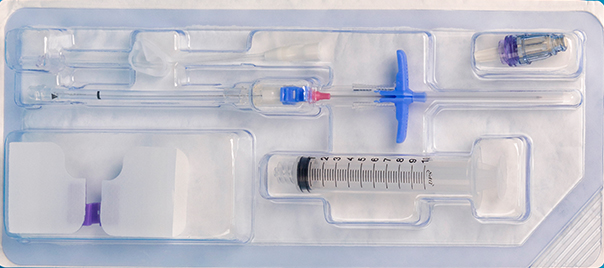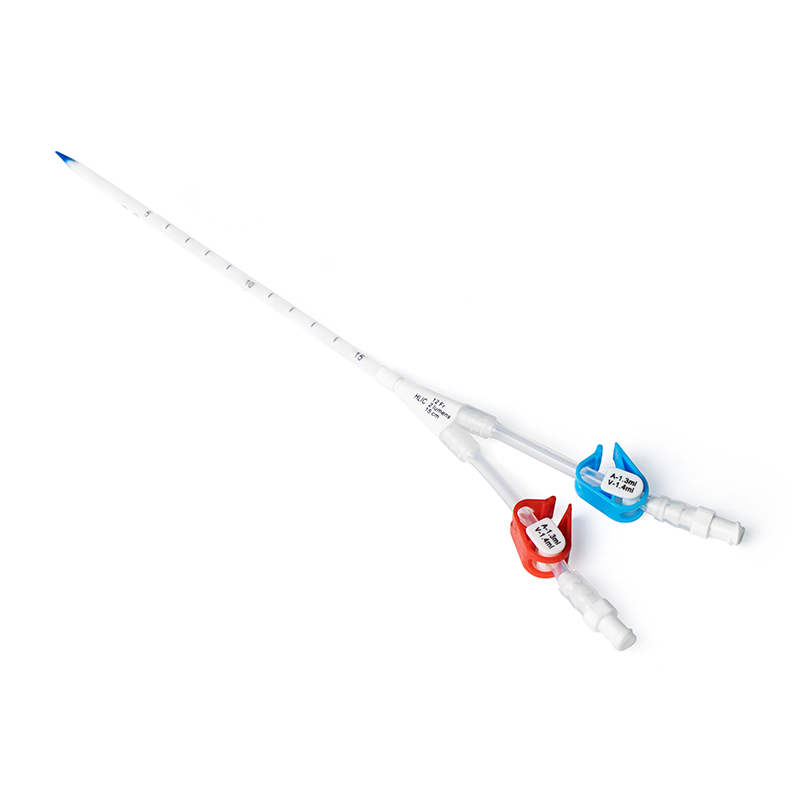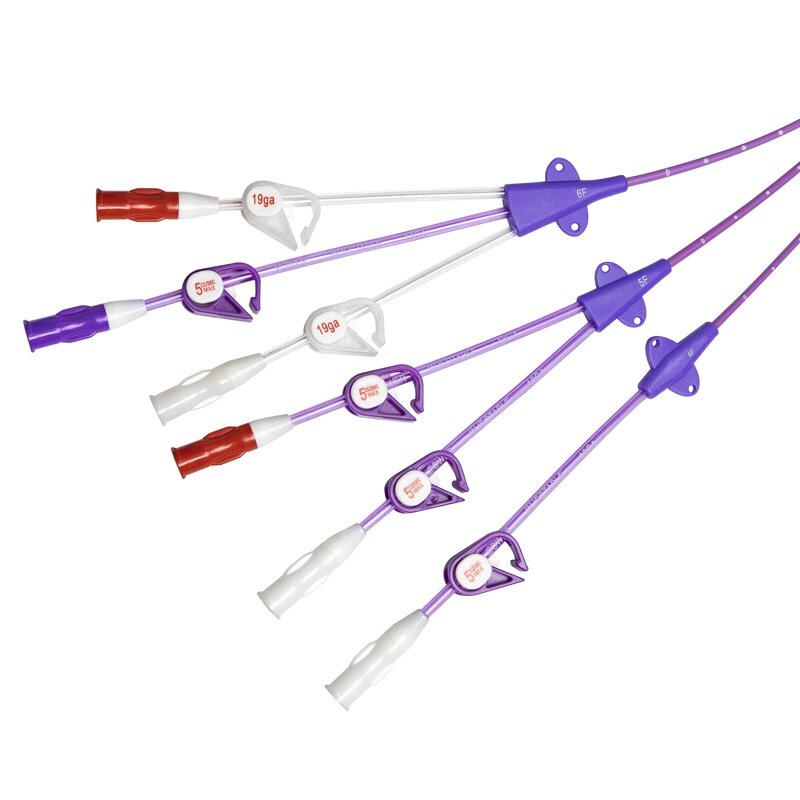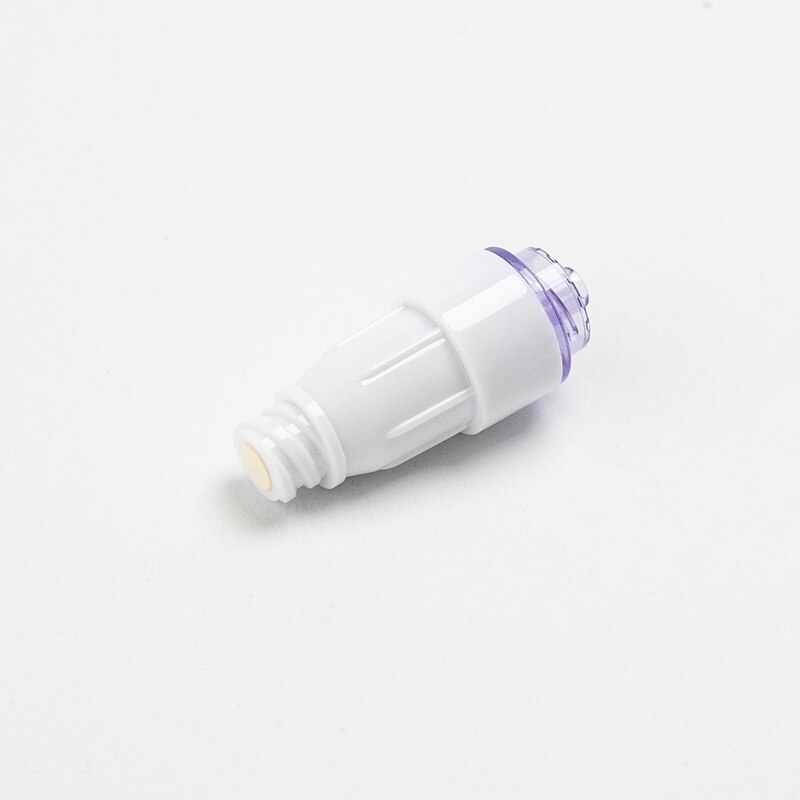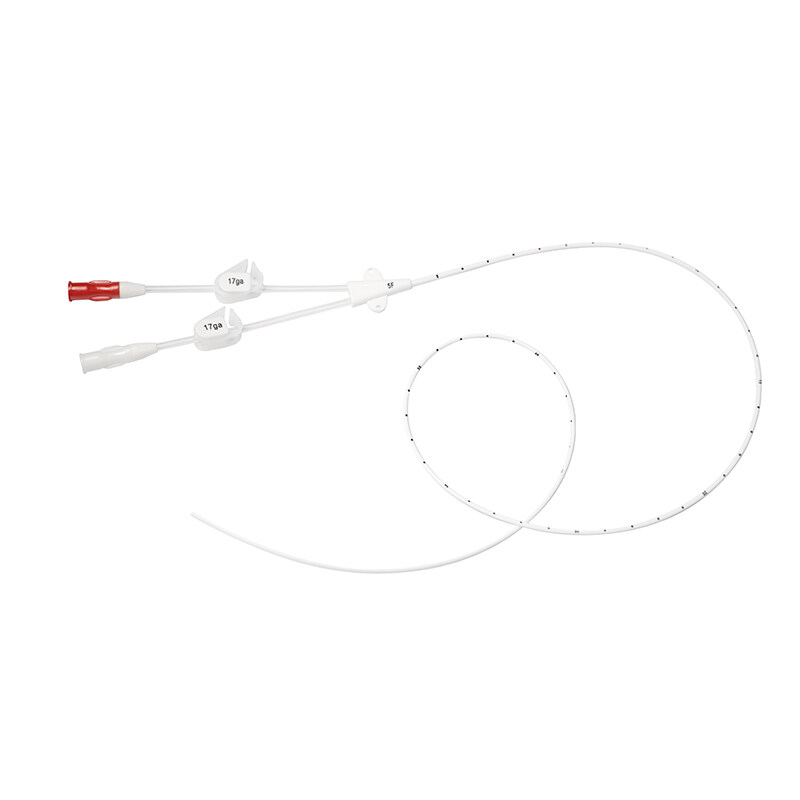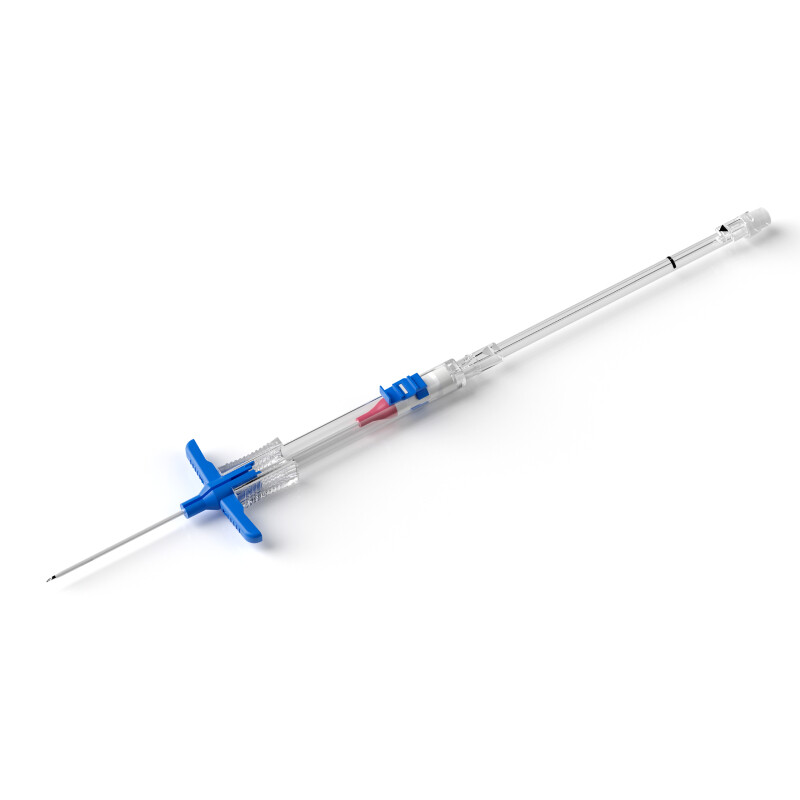from <Journal of Vascular Access>
Abstract Background:
“Difficult intravenous access” patients represent a challenge within an emergency department as they often require many attempts to insert a peripheral short cannula in the emergency room or during the whole hospitalization. This can lead to many problems in terms of patient discomfort, increase of cost, and prolong treatment time.
Objective:
This study aimed to reduce the number of attempts needed for a short-cannula insertion or preventing insertion of a central vascular access by placing an ultrasound-guide long cannula during the emergency department visit.
Material and methods:
This insertion of nini-midline was monitored within an emergency room in 50 patients considered difficult intravenous access patients who failed two attempts at peripheral venous access insertion and /or required the use of an alternative vascular device.
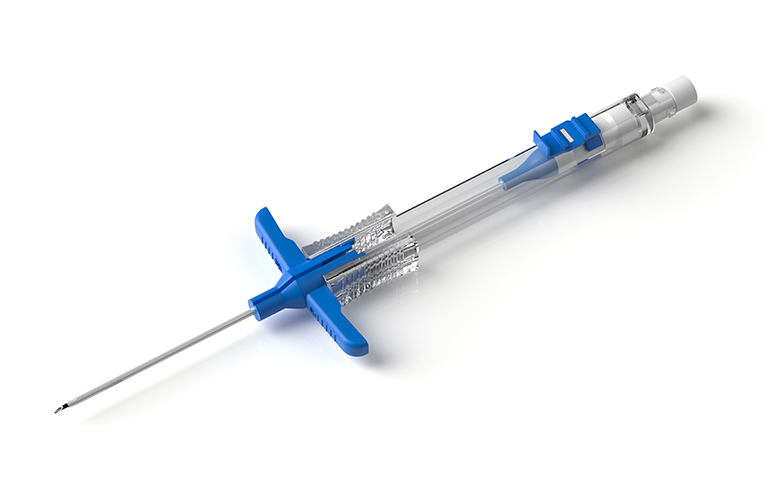
Result:
A total of 46 patients out of 50 were monitored. In 38(82%) patients, the device was removed to the end of the indication, and in six of them, it was replaced by a central venous catheter. Two devices were left inside even after discharge and were then removed at the end of indication. In eight (17%) patients, the device was removed due to accidental removal (4 ) and malfunction (4). In all the access. The average duration of the insertion procedure was 10min. The mean dwell time accounted to 7 and 9 days.
Conclusion:
The insertion of a mini- midline as part of the first emergency room visit in selected patients is a rapid, safe, and cost-effective procedure, which can provide the patient with stable venous access during the all hospitalization time.
